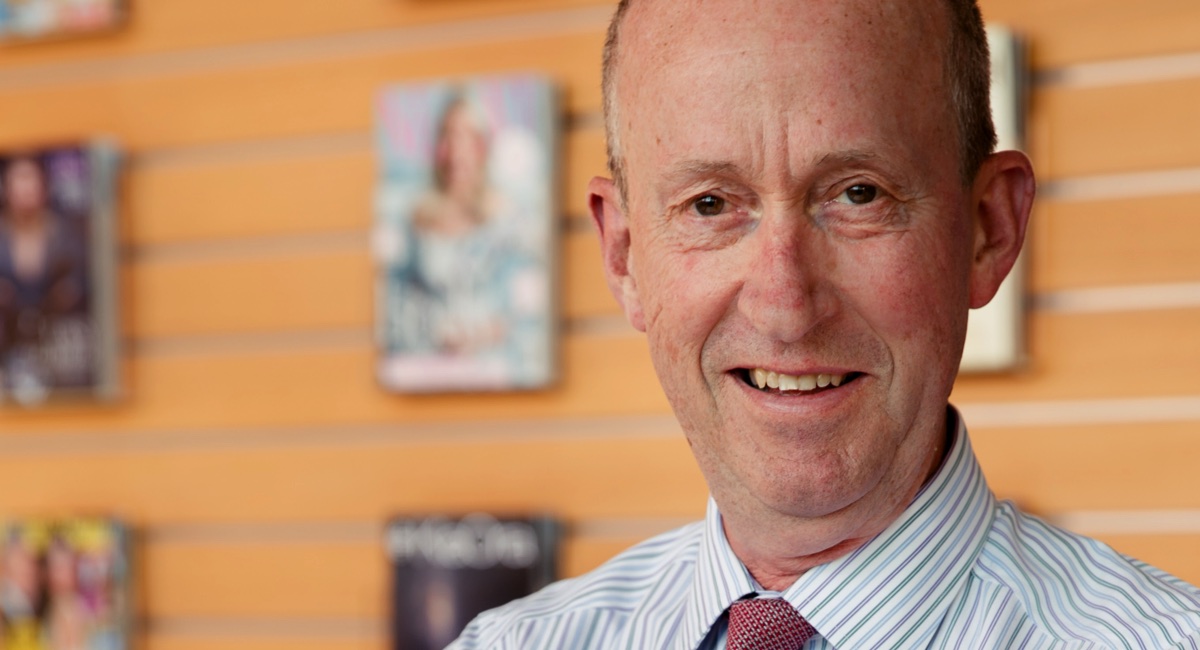Bauer New Zealand chief executive Paul Dykzeul has split his career evenly on both sides of the Tasman working around 14 years in NZ and Australia.
From 1990 to 1996 he was managing director at Australian Consolidated Press, New Zealand. He was promoted director of international business for ACP Sydney, then in 2000 became managing director of Murdoch Magazines. In 2004 Dykzeul moved to Pacific Magazines as director of international licensing and operations.
He returned to New Zealand in 2009 as chief executive of ACP, which was subsequently bought by Bauer in 2012.
Straight-talking Dykzeul has a unique perspective on the similarities and differences between the two markets. The smaller more intimate Kiwi market is dominated by Bauer. Meanwhile, Australia is far more intense.
“Competition is far less brutal here, partly because News Corp has had less involvement in New Zealand,” he says.
“It would be quite a different media landscape if News were here,” he told Mediaweek.
Dykzeul has a reputation as an old-style media manager in a local media scene mostly led by newcomers. When he returned he gained a reputation as a digital sceptic, closing a fashion website Runway Model which was popular in the fashion world but not a commercial success.
He remains aware of the dangers of investing heavily in digital ventures that are not part of a clear strategy.
Magazines, he notes, have been late to the digital transformation, a delay he says recognises the differences with other media. “Bauer has enabled us to develop a digital strategy that is not based on chasing wild numbers. Compared to other media, Bauer in New Zealand is a small digital player. We are attempting to create a niche digital space around high quality that is not intended to chase the big numbers,” he said.
New initiatives started at the end of 2016 included a print giveaway called Paperboy that riffs off the idea of community papers, for a higher socioeconomic audience. It has a print run of 100,000 and is distributed around the Auckland CBD and home delivered around parts of the city fringe.
“It’s a community, not west or south. It is about arts, culture and restaurants, wealthy young people, which is want advertisers want,” he said. Its financial results so far are unclear.
The other initiative is a free digital site called Noted which includes top-end current affairs content. Traditional pillars of the Bauer stable – women’s magazines, food and lifestyle titles – hold sway in the balance sheet. But Dykzeul says current affairs magazines like the weekly NZ Listener, the monthly North & South and the Auckland City magazine Metro give Bauer a cachet that some magazine publishers do not have.
Dykzeul has a reputation for a being hard-nosed. But he has long championed Metro, a monthly glossy city magazine that has since gone bimonthly and has struggled to adapt to the changing makeup of Auckland and media habits. “People say to me you must be under a lot of pressure from owners about keeping Metro. The truth is we have never talked about it,” he explained.

